SNOW TRAVEL
Skills for Climbing, Hiking, and Moving Across Snow


SNOW TRAVEL
Skills for Climbing, Hiking, and Moving Across Snow
Mike Zawaski

 THE MOUNTAINEERS BOOKS
THE MOUNTAINEERS BOOKS
is the nonprofit publishing arm of The Mountaineers,
an organization founded in 1906 and dedicated to the exploration,
preservation, and enjoyment of outdoor and wilderness areas.
1001 SW Klickitat Way, Suite 201, Seattle, WA 98134
2012 by Mike Zawaski
All rights reserved
First edition, 2012
No part of this book may be reproduced in any form, or by any electronic, mechanical, or other means, without permission in writing from the publisher.
Distributed in the United Kingdom by Cordee, www.cordee.co.uk
Manufactured in the United States of America
Copy Editor: Colin Chisholm
Cover and book design: The Mountaineers Books
Layout: Peggy Egerdahl
Illustrator: Mike Tea
Photographers: Mike Zawaski and Stacy Wolff unless otherwise noted
Cover photograph: Colorados Indian Peaks Wilderness
Frontispiece: Mount St. Helens, Washington
Library of Congress Cataloging-in-Publication Data
Zawaski, Mike.
Snow travel : skills for climbing, hiking, and moving across snow / by Mike Zawaski.
p. cm.
Includes index.
ISBN 978-1-59485-720-1 (pbk) ISBN 978-1-59485-721-8 (ebook) 1. Winter sports. I. Title.
GV841.Z38 2012
796.9dc23
2012036433
ISBN (paperback): 978-1-59485-720-1
ISBN (ebook): 978-1-59485-721-8
ISBN (epub edition):978-1-59485-721-8
Contents
CHAPTER 1
Gear
CHAPTER 2
Getting Started: Ascending
CHAPTER 3
Using Your Ice Ax
CHAPTER 4
Descending
CHAPTER 5
Self-Arresting
CHAPTER 6
Traversing, Resting, and Other Skills
CHAPTER 7
Hazards and How to Avoid Them

When the snow conditions are good, your options for routes are endless.
Acknowledgments
This book would not have been possible without the help of many old and new friends who answered questions, shared perspectives, argued over seemingly trivial details, and went climbing with me. Thank you very much to Gus Alexandropoulos (Gripped Magazine); folks at the American Alpine Club Library; Aram Attarian (Outward Bound); Colorado Mountain School guides John Bicknell, Bob Chase, Bob Sharp, Mike Soucy and Eric Whewell; Luis Benitez; Chris and Jack Blees; Derek Branstrom; Robert Buswold; Josh Cole; Kathy Cosley; Chris Davenport (Kastle Skis); Susan Detweiler; John Dill and Mike Gauthier (Yosemite National Park); Rob Dillon; Austin Gibney (Never Summer Snowboards); Mike Hattrup (K2); Mark Houston; Jake Jones; Stephen Koch; Brian Lazar (Colorado Avalanche Information Center); Alexis Maget; Luke Miller; Mark Moore (Northwest Weather and Avalanche Center); Gary Neptune (Neptune Mountaineering); Black Diamond Equipment employees Bill Belcourt, Dave Mellon, and Kolin Powick; Virginia Reblo; Dale Remsberg (American Mountain Guide Association); Christian Robertson; Billy Roos (Outward Bound); Tod Schimelpfenig (The Wilderness Medicine Institute of NOLS); Dan Shuteroff; Jared B. Spaulding; Hunter Waldron (K2); Jed Williamson (Accidents in North American Mountaineering); David Heavy Whalley; Jackson Wilson; and Joanne Yankovich. A special thank you goes out to Stacy Wolff for her great help taking photos, modeling for photos, and proofreading the book.
Thank you very much to the organizations that provided equipment and support for this book: Black Diamond Equipment, Camelbak, CAMP, Clifbar, Contour Cameras, Golite, Hotronics, Kastle Ski, K2, La Sportiva, Mammut, Ortovox, Outdoor Research, Petzl, Plum Bindings, Scarpa, Silva, Tech4O, and Voil. I also want to thank all the folks at The Mountaineers Books, including Colin Chisholm, Mary Metz, and Kate Rogers.
Introduction
If the only tool you have is a hammer, you see every problem as a nail.
Abraham Maslow
This book is intended as an introduction to the tools and techniques needed to travel safely over snowy terrain. Having the confidence and skill to climb and travel on snow opens the door to endless possibilities, allowing the adventurer to climb peaks or backcountry routes that in the summer might be unpleasant slopes of loose rock. Proficient snow travel not only opens up opportunities for climbing mountains but also lengthens the ski or snowboard season by a month or two. When snow and ice become your playground, hard-to-negotiate talus slopes and loose rock become obstacles you can avoid.
The following story is meant to illustrate the benefits of knowing how to travel safely over snow, and to inspire any reader to spend a few sunny summer days learning these fundamental mountaineering skills.
The Paintbrush and Cascade Canyon Loop in Grand Teton National Park is beautiful, but so popular in July and August that you might get turned away because the camping spots have all been taken. Park Service rangers are inclined to discourage hikers from attempting the route before the snow has melted entirely because, when the steepest portion of the trail up the pass is covered with snow, backpackers have fallen and slid into the boulders below. However, going in June is some peoples only option, and going in the off-season has several advantages. Yes, you will miss most of the summer wildflowers, but fewer bugs, fewer people, and great snow are excellent incentives.

The end of the rock is only the beginning of the fun.
I once hiked up Paintbrush Canyon in the early season. Snow was plentiful, especially on the north-facing aspects of the canyon. The benefit of having a trail is that it makes finding the way easier and reduces hiker impacts. But when everyone walks on the same snow-covered trail, the snow gets compressed and freezes solid. So there we were, over a mile from the steep slopes on the pass, faced with the most difficult snow we would experience during the whole trip. So we pulled out our axes and proceeded to kick and chop steps as necessary. Safely beyond this steep section, we were left to find our own way as the trail was completely buried by snow. Our confidence on snow had allowed us to save time and to take an easier route, contouring along a 25-degree slope instead of hiking over slick rocks and trees that other hikers had used to avoid the snow.
The next day we encountered a mountain pass that would have been treacherous for an unprepared hiker. In the early morning the snow was firm and a set of tracks in the snow marked the trail. However, the tracks were melted out and the route, though low angle, crossed a steep section of snow with boulders below, an obvious hazard. My partner turned to me and said, That looks like an accident waiting to happen. We instead opted for a shorter but steeper route, which had a safe runout in case my partner fell (i.e., there were no rocks to smash into). We also picked this steeper route because it faced more to the south, which allowed the snow to soften earlier so we could kick steps more easily. On our way down the other side of the pass, glissading and plunge stepping where others had made riskier traverses while trying to stay on dry groundwas safer, faster, and more fun.
Next page


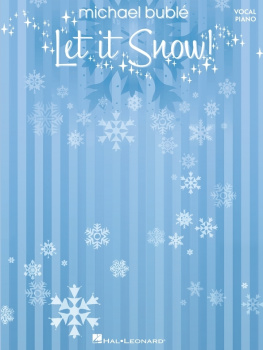




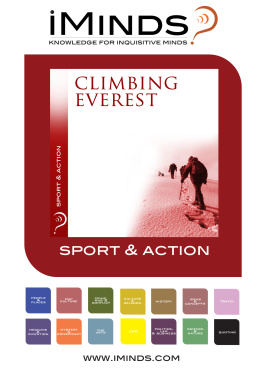
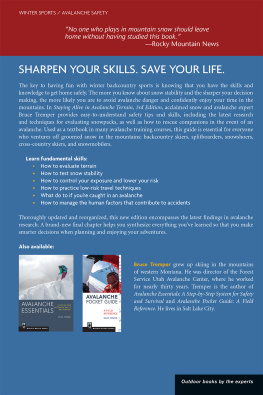
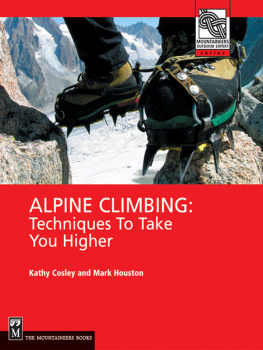
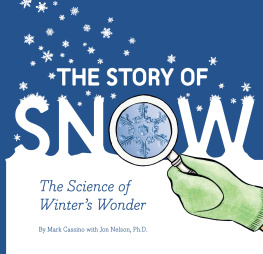



 THE MOUNTAINEERS BOOKS
THE MOUNTAINEERS BOOKS
